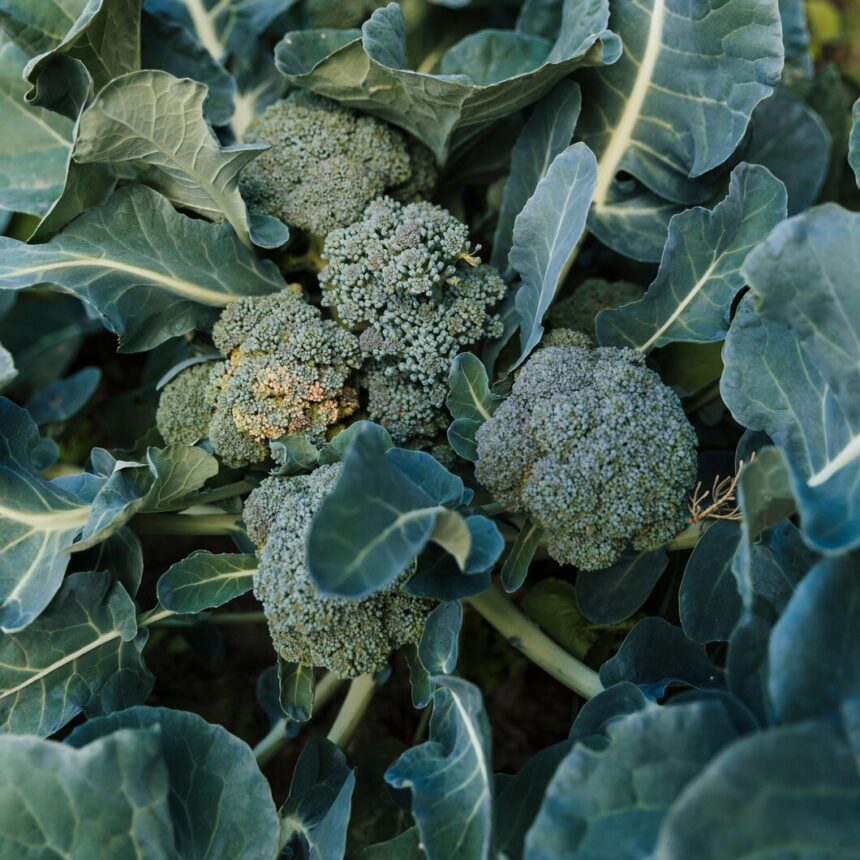Aphids are common pests that can wreak havoc on broccoli plants, affecting their growth and yield if not promptly addressed. Identifying early signs of aphid infestation is crucial for effective pest management. Here are ten indicators to watch for to detect aphids on your broccoli:
- Sticky Residue (Honeydew): Aphids excrete a sticky, sugary substance known as honeydew. Look for shiny, sticky residue on broccoli leaves and stems, which may attract ants and promote the growth of sooty mold.
- Curling or Distorted Leaves: Aphids feed by sucking sap from plant tissues, causing leaves to curl, pucker, or become distorted. Check for abnormal leaf shapes or wrinkling, especially on new growth.
- Yellowing or Stunted Growth: Infested broccoli plants may exhibit yellowing or discoloration of leaves, which can indicate nutrient deficiency caused by aphid feeding. Stunted growth and reduced vigor are also common signs.
- Black Sooty Mold: As honeydew accumulates on broccoli foliage, it provides a substrate for the growth of black sooty mold. Look for black, powdery mold on leaves and stems, particularly underneath where aphids feed.
- Ant Activity: Ants are attracted to honeydew produced by aphids. Observing ants crawling on broccoli plants, especially near aphid colonies, can be an indirect sign of aphid infestation.
- White Cast Skins: Aphids shed their exoskeletons (cast skins) as they molt and grow. Look for tiny, white or translucent cast skins on broccoli leaves and stems, particularly in areas where aphids are actively feeding.
- Visible Aphids: Inspect broccoli plants closely for the presence of aphids themselves. Aphids are small (typically 1-3 mm in size), soft-bodied insects that may be green, yellow, brown, or black depending on the species.
- Sooty Residue on Hands: Gently touch the underside of broccoli leaves or tap them over a white sheet of paper. If aphids are present, you may see small, speck-like insects or notice sooty residue transferred to your fingers or paper.
- Wilting or Yellowing Buds: Aphids often target tender broccoli buds and growing tips. Check for wilting or yellowing of buds, which can indicate aphid feeding damage affecting plant growth.
- Natural Enemy Activity: Monitor for natural predators of aphids such as ladybugs, lacewings, and parasitic wasps. Their presence may indicate an aphid infestation and natural biological control at work.
Early detection of aphid infestation is key to preventing damage to broccoli crops. Integrated pest management strategies, including cultural practices, biological control, and targeted pesticide applications if necessary, can help mitigate aphid populations effectively. By recognizing these early signs, South African farmers can proactively protect their broccoli crops and maintain healthy, productive plants throughout the growing season.
Join 'Farmers Mag' WhatsApp Channel
Get the latest Farming news and tips delivered straight to your WhatsApp
CLICK HERE TO JOIN






